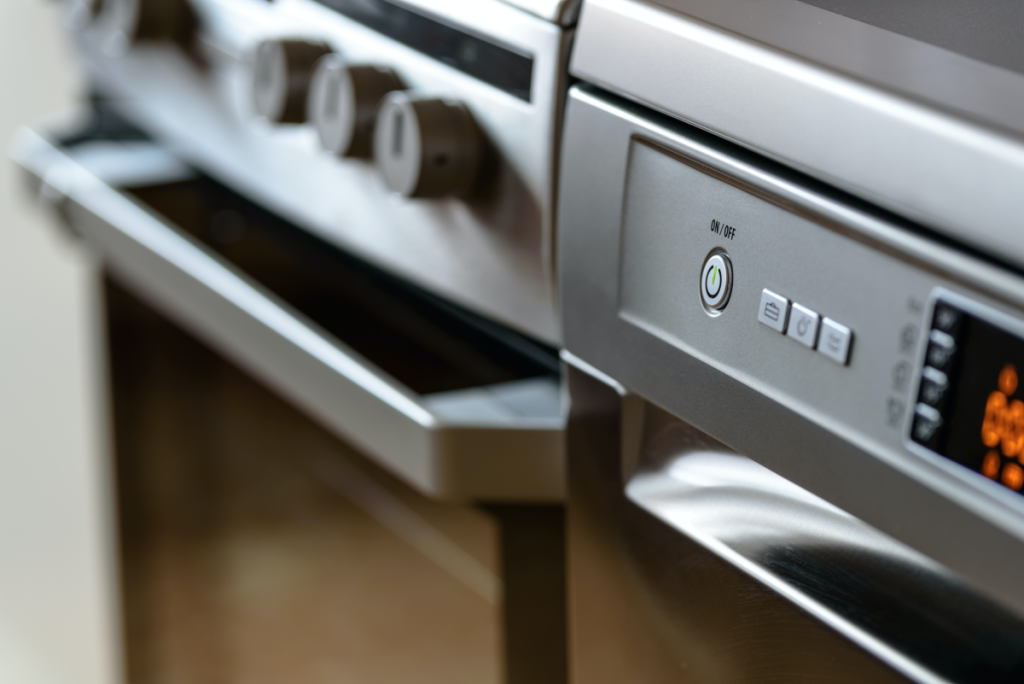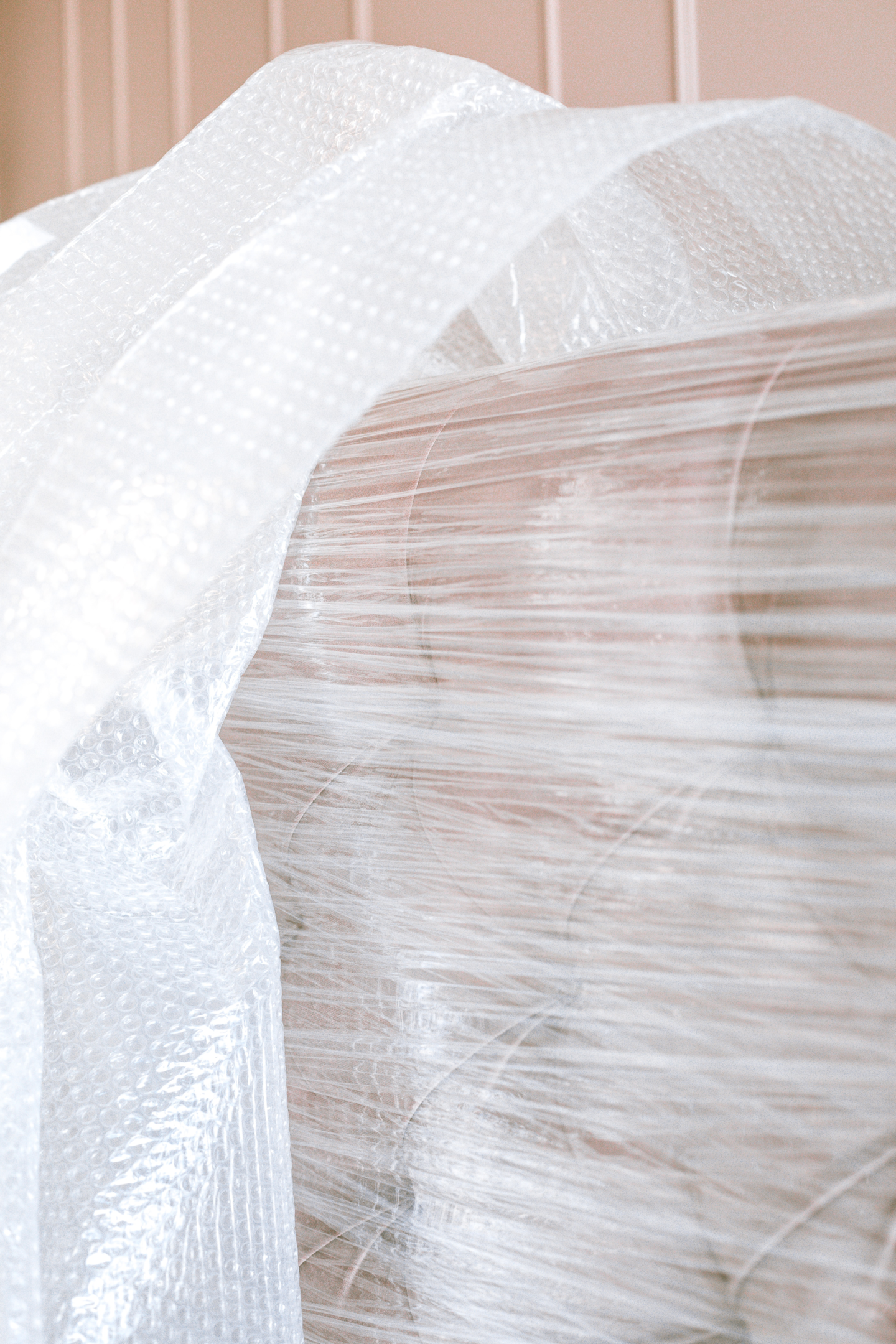Last Updated on: 6th September 2022, 11:55 am
Moving into a new house can be an exciting time. But along with all the planning and packing, there’s one more thing to think about: moving your appliances. From your fridge to your washing machine, these large and heavy items can be a challenge to transport. But with a little planning, you can get them to your new home safely.

Moving heavy appliances is no easy feat, whether you’re moving them to a new house or just rearranging your current home. If you have small appliances, you might be able to get away with moving them yourself. But for larger items like refrigerators, stoves, and washers and dryers, you’ll likely need some help.
We’ve been moving small and large appliances for years and we’re happy to share our experience and tips in this article and our Ultimate Guide to moving houses in Singapore article.
With a little planning, some extra muscle, and tips from this article, you can successfully move any large appliance!
Types of large appliances:

Kitchen Appliances
Refrigerators, stoves, fridges, dishwashers, and water dispensers are all appliances that most people use in their homes on a daily basis. Though they may seem lightweight, these appliances are actually quite heavy and difficult to move.
That’s why it’s important to hire qualified SG movers when you’re moving into a new house. A professional mover will have the experience and equipment necessary to safely move your heavy appliances.

Washer/Dryer
One of the most dreaded tasks of moving is lugging all of your belongings from one place to another. But there’s one type of move that’s even more daunting: moving your laundry room. Not only do you have to worry about disconnecting and reconnecting your washing machine and dryer, but you also have to figure out how to transport them to your new home without damaging them. Here are a few tips to help make the process a little easier.
First, make sure you have the right tools for the job. A furniture dolly can be a big help in moving heavy appliances like washing machines and dryers. Secondly, take time to clean your appliances before you move them. This will help protect them from scratching during the move, and it will also give you a chance to clean out any lint or debris that might have accumulated over time. Finally, be sure to measure the doorways and hallways in your new home before you attempt to move your appliances. This will ensure that they’ll fit through without any issues.
Heavy appliances, furniture, storage space (shelves)When it comes to moving furniture, there are a few things to keep in mind. First and foremost, lifting heavy furniture can be dangerous. Injuries like strains and sprains are common, so it’s important to take care when lifting. If possible, get professionals to help you move furniture items. Secondly, furniture can be difficult to maneuver. Crowded doorways and tight corners can make it tough to get furniture through doors and into the moving truck. Once again, having a professional plan for your move can be helpful. Finally, furniture can be expensive. If you’re not careful, you could easily damage your furniture during the move, that’s why it’s important to look for the right people to help you while you move. With the help of a professional, you can safely move your furniture to your new home.
Additional tip: Gas line
There are a few things to keep in mind when moving houses, and one of them is gas appliances. If you have a gas oven, stovetop, or dryer, you’ll need to have the gas line disconnected by a qualified technician and then reconnected at your new home. This is an important safety precaution, and it’s also very important to make sure that there is a gas supply at your new residence before scheduling the reconnection.

Tips on moving appliances:
- Using bubble wrap & packing paper or moving blankets
One of the most important things you can do is to use bubble wrap, packing paper or moving blankets. Bubble wrap will help protect against bumps and scratches while packing paper will help absorb any vibrations. You’ll also want to make sure you secure the appliance using straps or ropes, so it doesn’t shift during transport. - Protecting floors and secure doors
Protecting your floors is essential. If you’re moving a fridge, for example, be sure to put down a couple of layers of cardboard or a sheet of plywood before attempting to slide it across the floor. This will help to prevent scratches and dents. Next, it’s important to secure all doors and drawers on appliances before trying to move them. This will help to prevent them from opening and spilling their contents while in transit. A few strips of duct tape should do the trick. - Detachable parts
Detachable parts on appliances can be very helpful when moving them. For one thing, detachable parts can make the appliance lighter and easier to carry. In addition, detachable parts can help to protect the appliance from damage during the move. By detaching fragile items such as knobs or handles, you can help to ensure that they don’t get broken during transport. In some cases, detachable parts can also make it easier to fit the appliance into a new location. - Having the right people and equipment
When it comes to moving appliances, having the right packing materials and tools can make all the difference. For example, packing tape can be used to secure larger items like refrigerators and dishwashers. This will help to protect them from scratches and dents during transport. A professional moving company would have all the necessary professional movers and equipment such as a moving truck and moving dolly to safely move your appliances.

